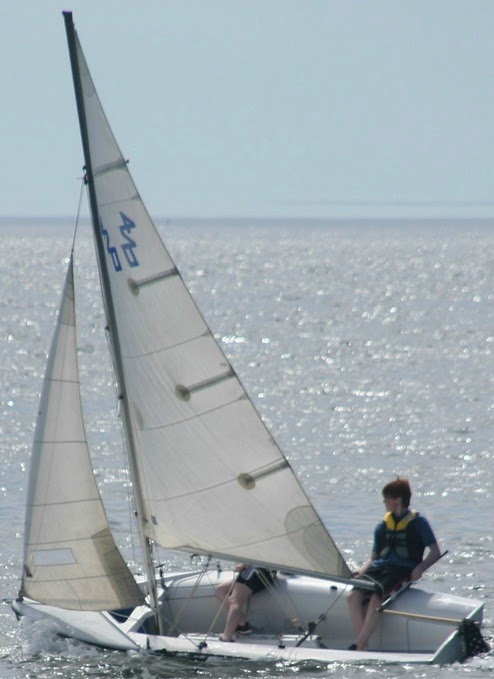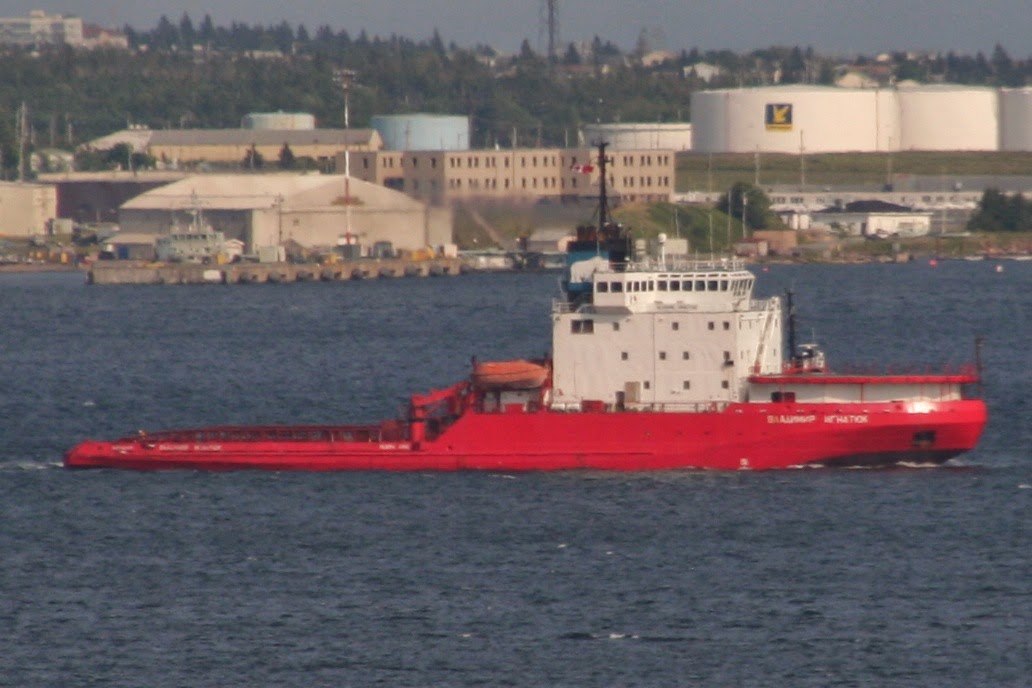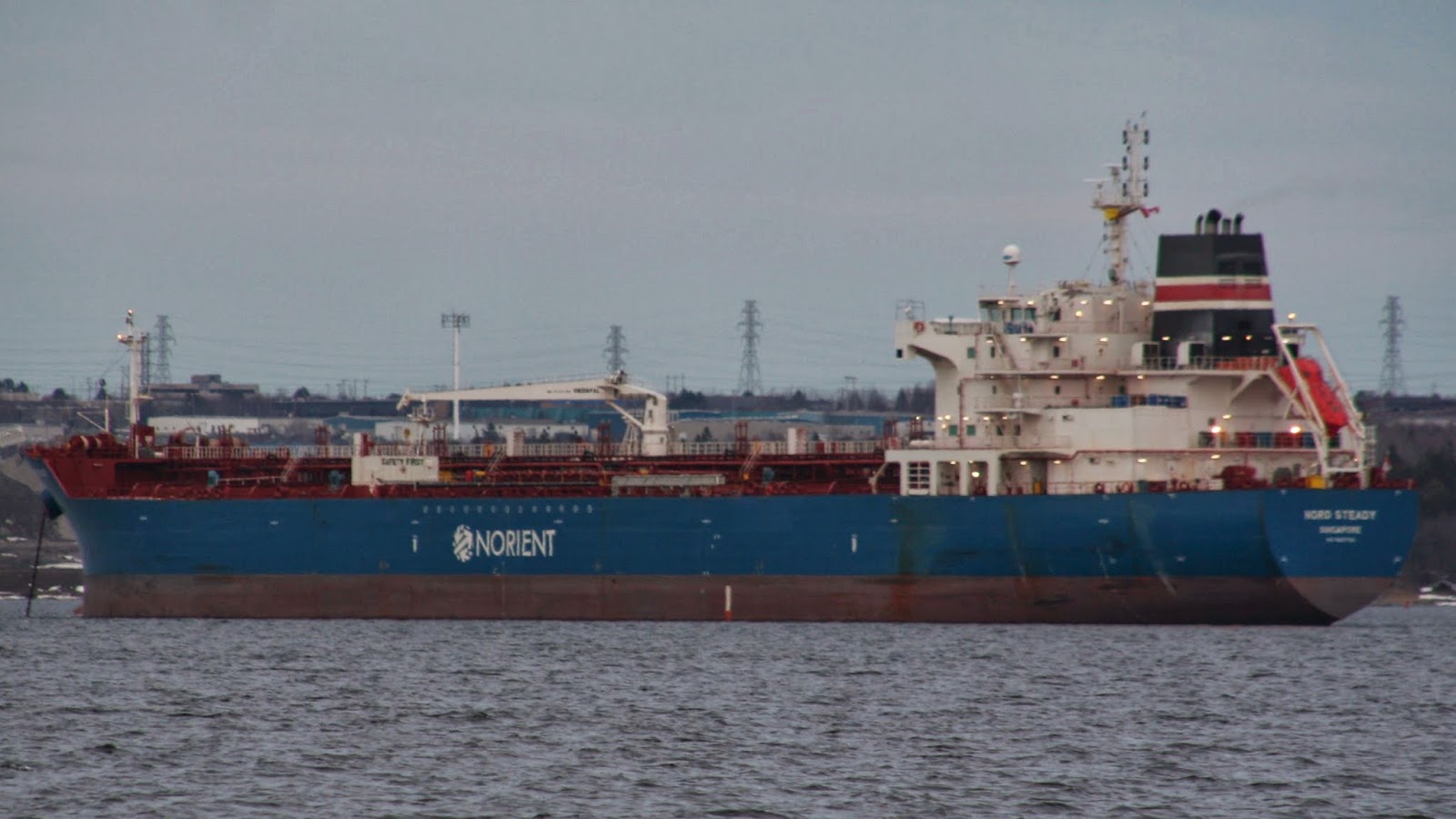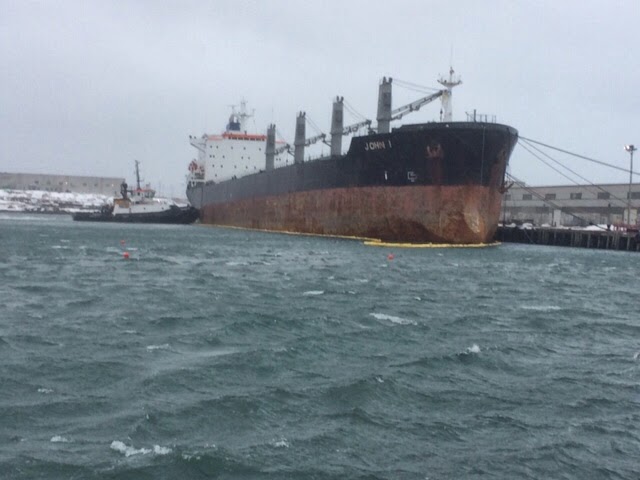Running large vessels sounds exciting, but as expected there is a lot of schooling and Work Experience to become a Master Mariner. I will cover the requirements for more advanced certification in a later post.
Originally this blog was called the Armchair Captain. This Series of Posts is intended to help move you from the Armchair to the Wheel House. This first post will cover what I consider to be the achievable certificates, and there are 3 Options.
First we have the Pleasure Craft Operator Card. This is Commonly refereed to as the Boating License, or operator card. The PCOC is required to operate any power or sail driven vessel including Jet Skis used for recreation, personal transportaton or subsistence hunting or fishing.
The PCOC is the easiest Certificate to get. – Boaterexam.com offers a free online course, and then charges you 50$ to write the exam. You can do this from the comfort of your own home, and they include a re-write if you fail. You can Also obtain a PCOC from a Class offered by the Canadian Power and Sail Squadrons (How I did mine back in 2003) or Sailing Canada (Have taken their classes as well)
Despite being Called the Pleasure Craft Operator Card, The PCOC Can also be used Commercially in Certain Circumstances. If your vessel is less then 8 meters and there are 6 or fewer passengers your PCOC is good for Sheltered Waters Voyages. These include all non tidal Lakes and rivers, where the vessel is within 1 nautical mile from shore, or listed in a schedule on the Vessel Certification regulations. In Nova Scotia, Halifax Harbour to Chubecto Head is considered sheltered water year round, though the waters of the Annapolis Basin and Digby Gut are only considered sheltered waters May1 – Oct 31.
For a Workboat less then 8m, which is basically any Non-passenger carrying Commercial vessel, a PCOC is valid for both sheltered water and Near Coastal Class 2 voyages. A near Coastal Class 2 voyage is one where the vessel is within 25nautical miles of shore in Canada, US, and within 100nautical miles of a place of refuge, however with a PCOC you are required to be within 2 Nautical Miles of shore.
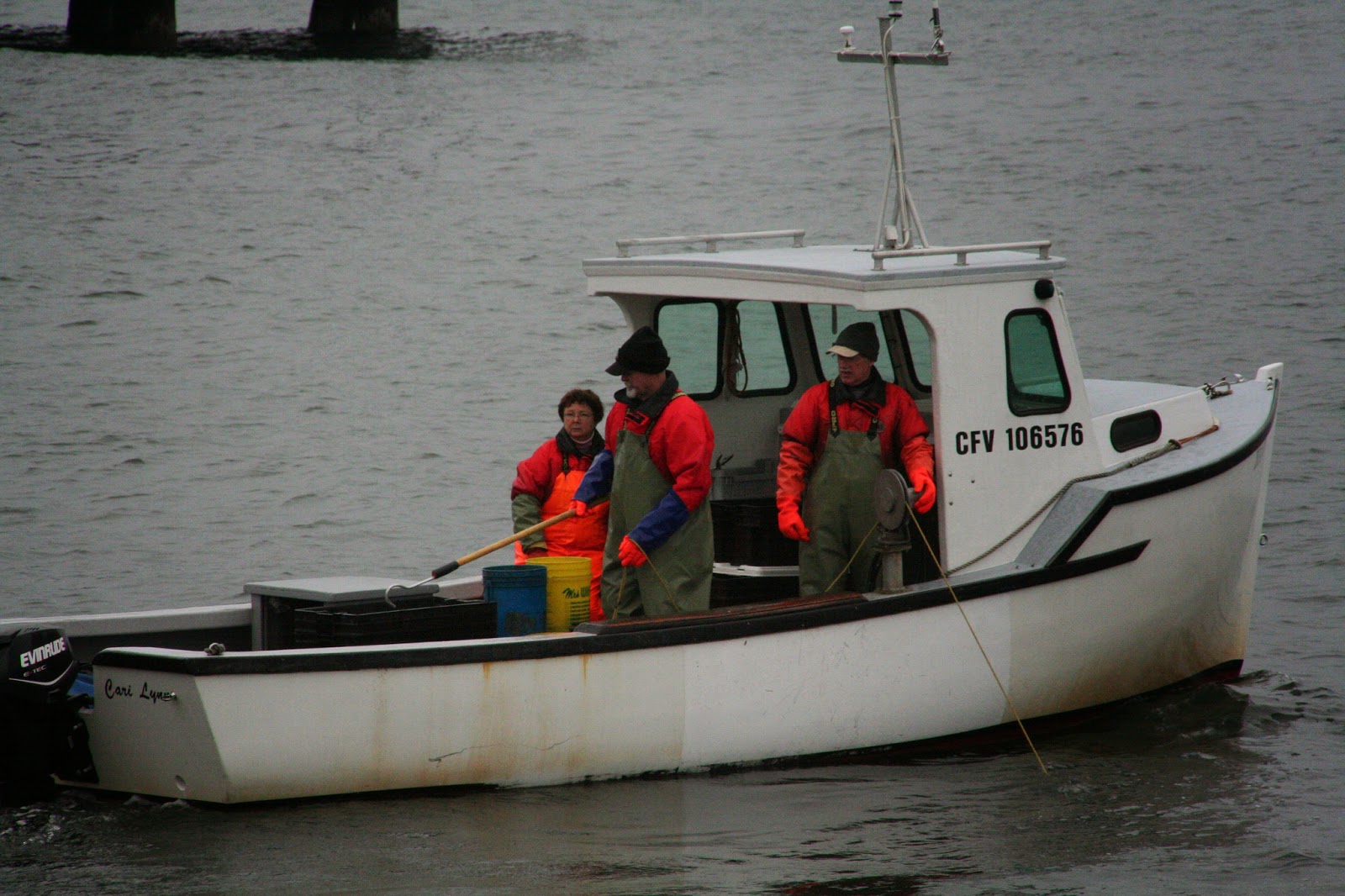
if you wish to Carry more then 6 passengers, or venture further then 2 nautical miles from shore on a vessel smaller then 5gt you require a Small Vessel Operator Proficiency certificate. In this case, 5 Gross tons is a measure of internal Volume, and there is a standard to calculate this.
The SVOP certificate is awarded after attending a 4 day class. You also require a Marine Emergency Duties (Med) Certificate. Im told MED-A2 Small Passenger Vessel Safety is the one to get. This is another class to take.
For both PCOC And SVOP voyages, the vessel will probably carry a VHF-DSC Radio. if this is the only radio carried, a Restricted Operator Certificate Maritime (or ROC-M) is required with DSC endorsement. This can be obtained by passing an exam, usually given at the end of a 1 day course.
if you want to Operate a vessel over 5gt, or a tug, or anything in Near coastal Class 2 waters, then you need a limited Master <60gt or a limited master 60gt-150gt. There is a Catch with the Limited Master Certificate; it is only valid for specified vessels and waters. first you require 2 months of Sea service on similar vessels and voyages to the one the certificate is wanted for. you also require a medical, And a Marine First Aid Course. MED-A2 and the ROC-M refereed to above is also required. Once you have acquired all that, you can apply to take the written and Oral exam, and if you pass, be awarded the certificate.



